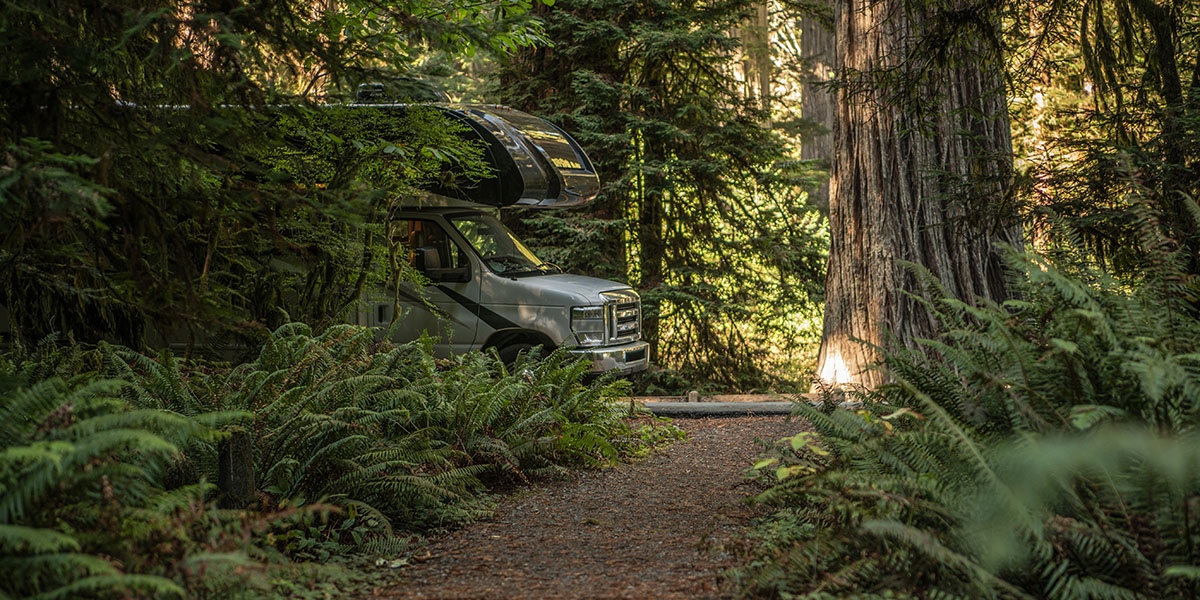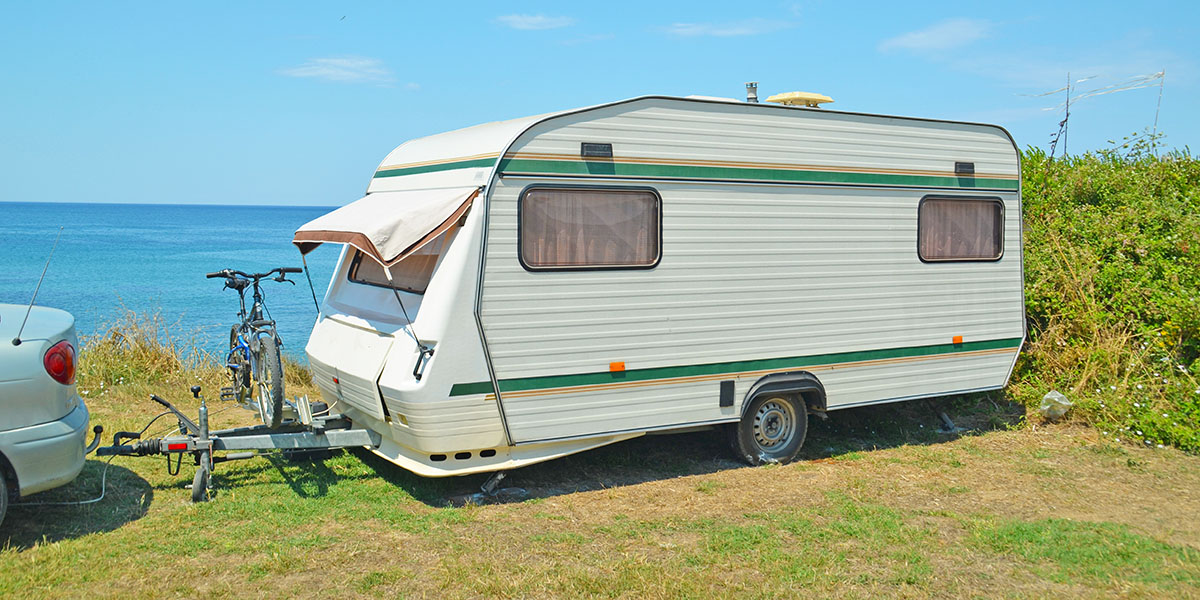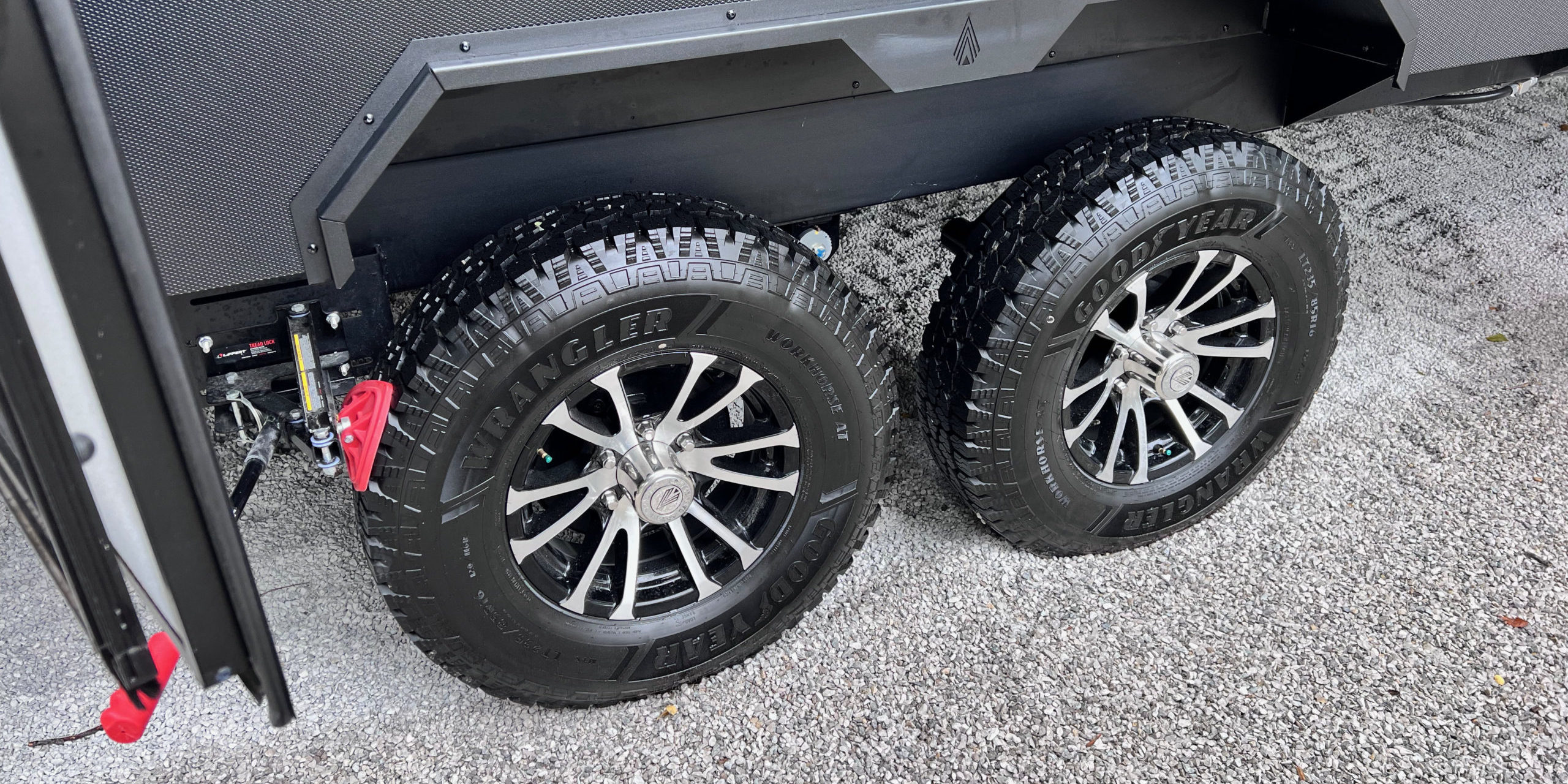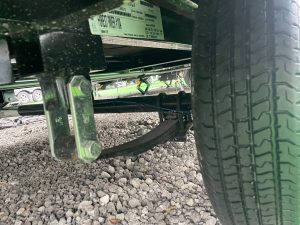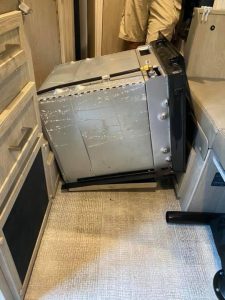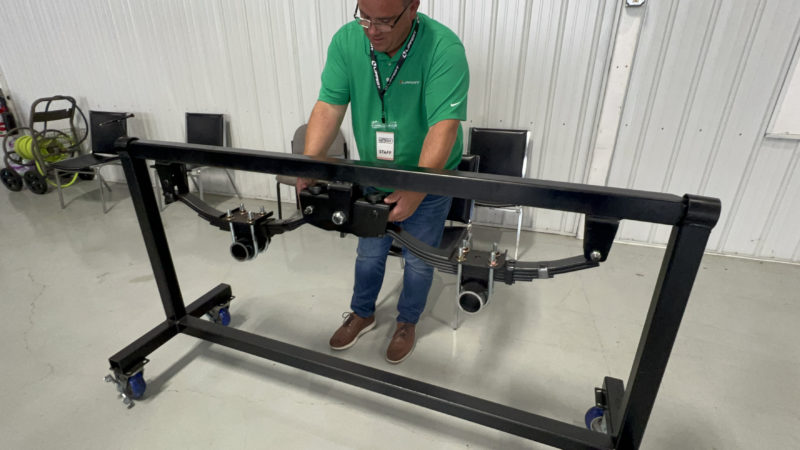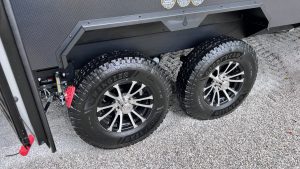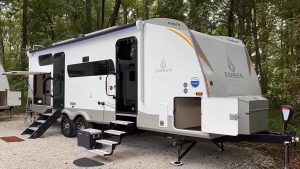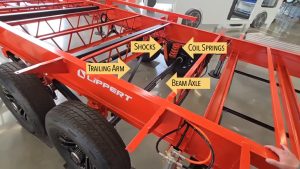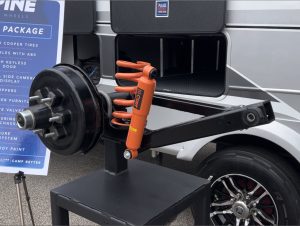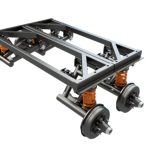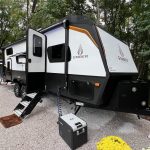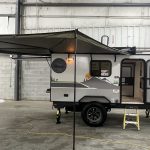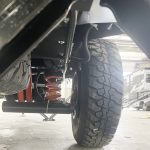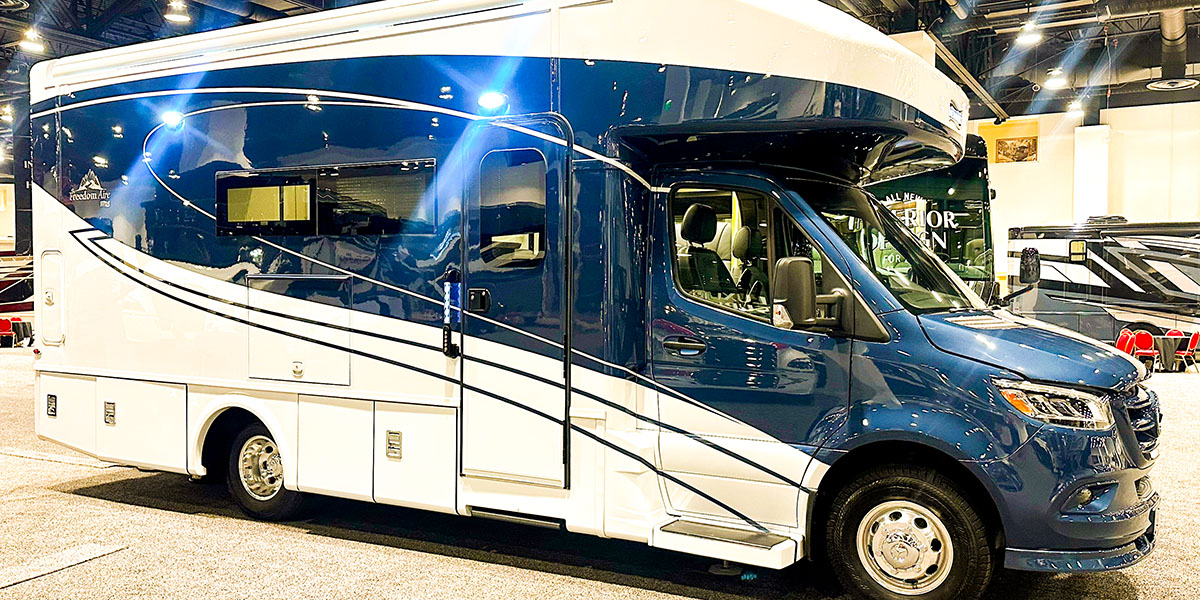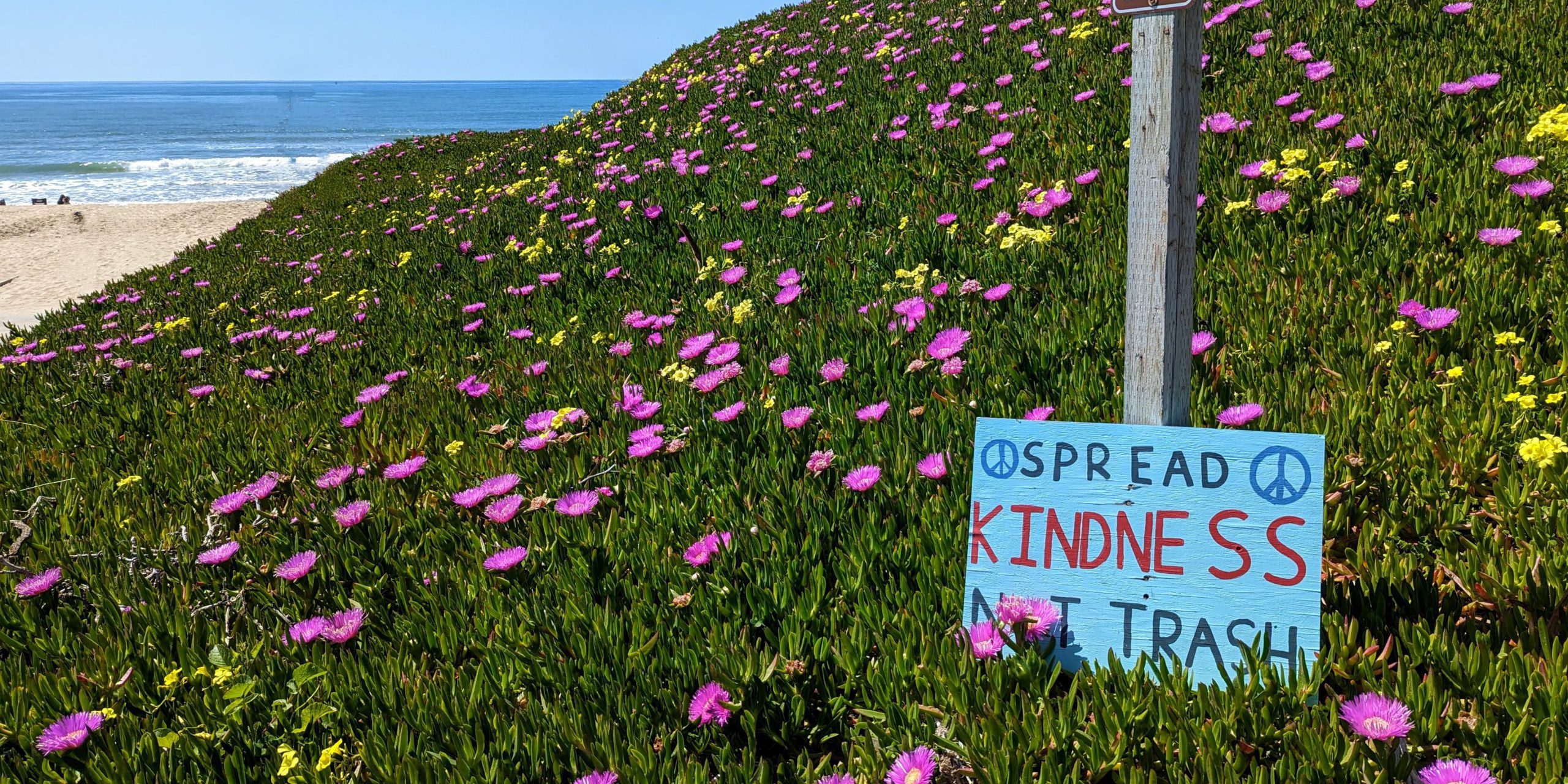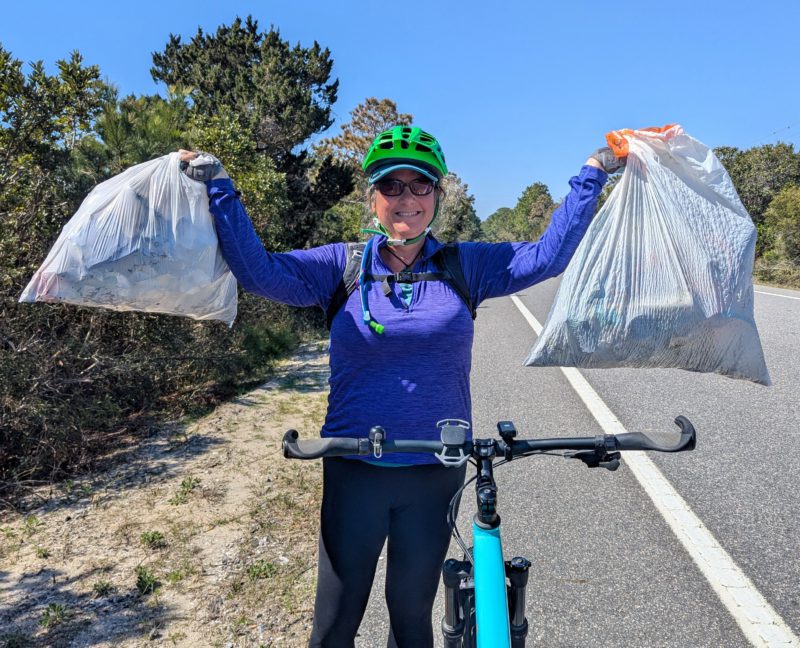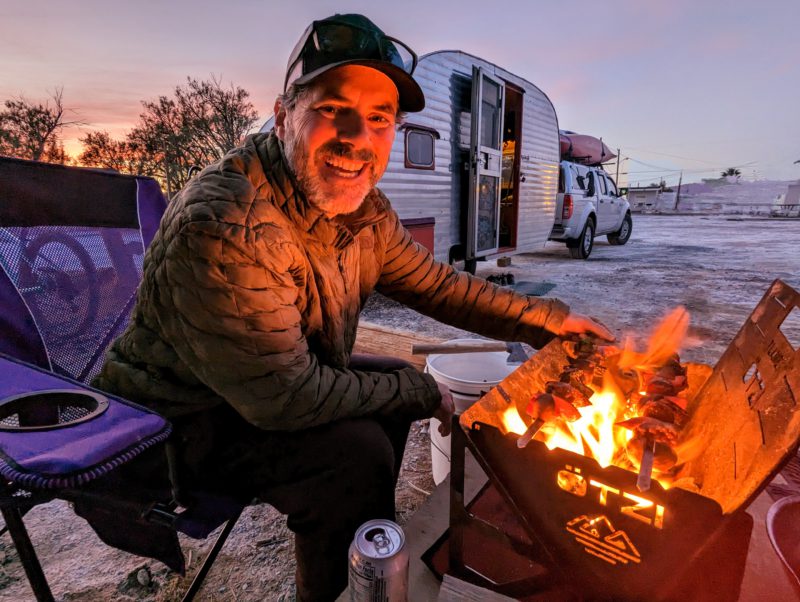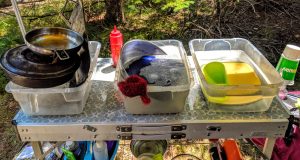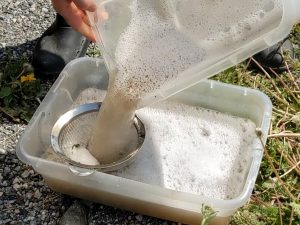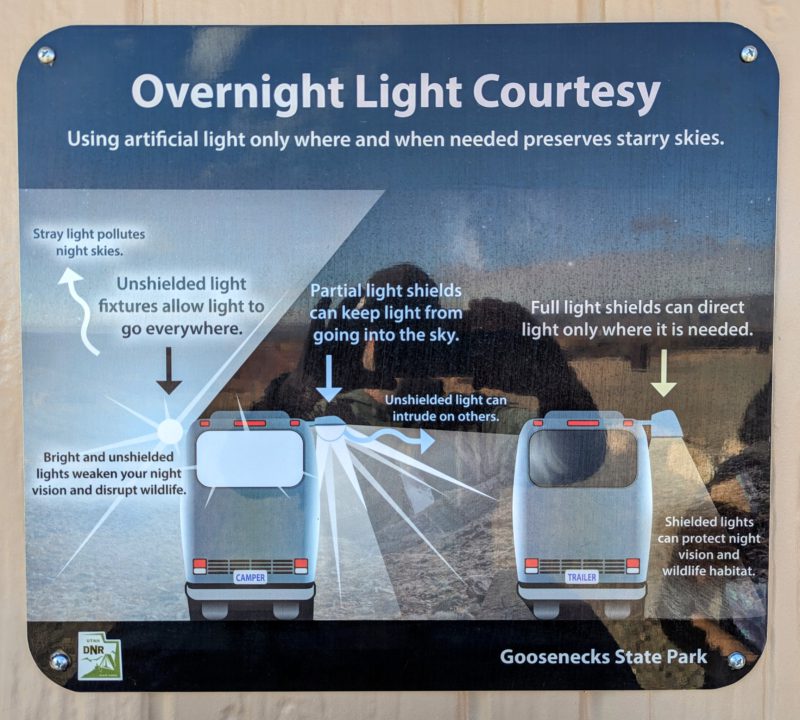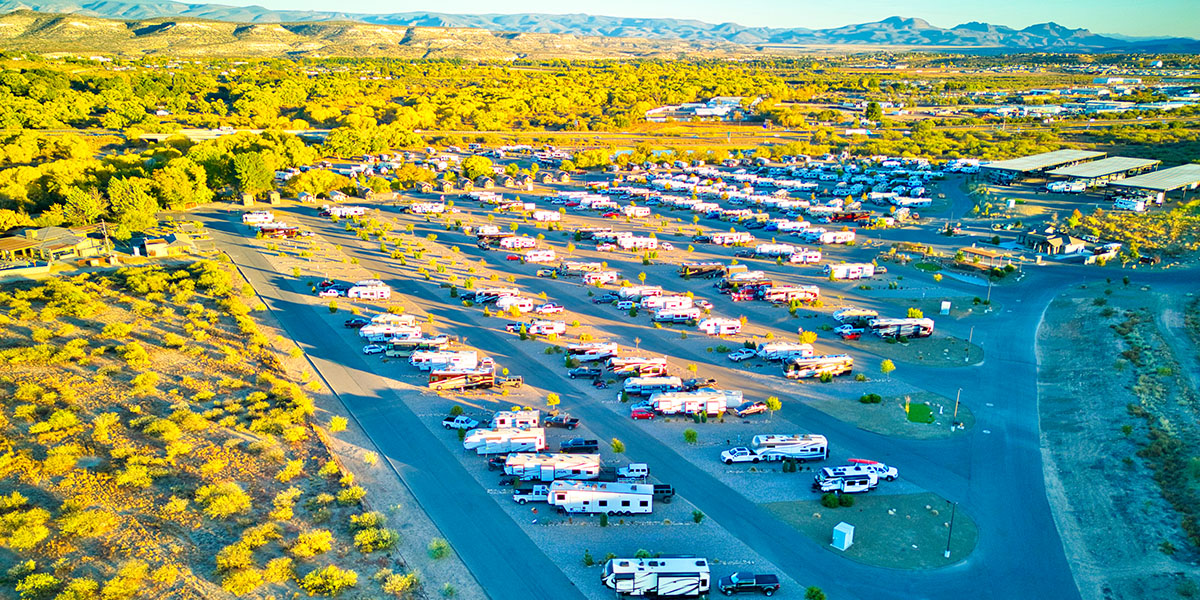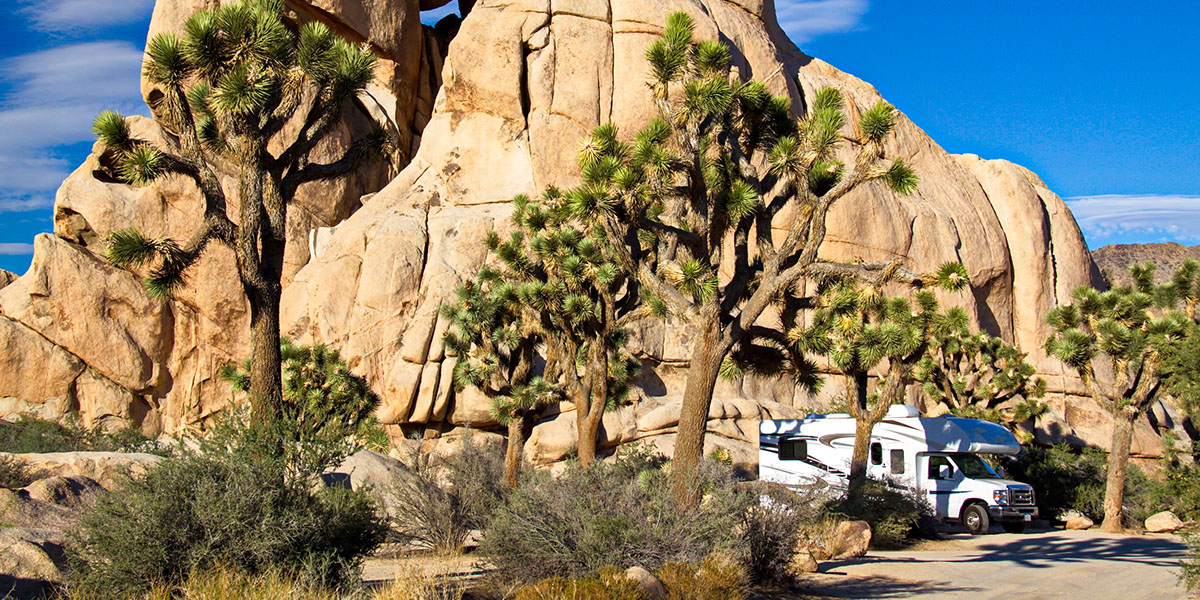Spring may be the siren song for RVers, but it’s often all too easy to be lured in the wrong direction. Because as warmer weather rolls in and all holidays break loose, so too influxes the onslaught of springtime travelers. Sure: For some road warriors, that cramped crush of partygoers is a draw. Bu for many others, it’s a major drag. After all, if the whole idea is to get away, who wants to be surrounded by the clamor of a crowd. Surely, there are some secluded camping spots out there where you can avoid the crowds.
Well, your instincts are right. We’ve unearthed six secluded camping spots where silence comes standard. Here’s your off-the-radar guide to spring camping that steers clear of the crowds but still parks you right in the middle of springy goodness.
Big Bend Ranch State Park, Texas
Sure, Big Bend National Park gets most of the love — and the crowds — but head just west and you’ll find Big Bend Ranch State Park. It’s raw, rugged, and refreshingly empty. This is the kind of place where you can roll into a parking spot, not see another soul for a day or two, and wake up with the Chihuahuan Desert all to yourself. RVing here is mostly at primitive roadside sites — meaning pack in everything, including water, and don’t expect hookups. But what you trade in convenience, you gain in solitude.
Brushy Lake Park, Oklahoma
Eastern Oklahoma isn’t the first place RVers think of for a spring escape — but that’s why it works. Brushy Lake Park is a small, city-run campground outside Sallisaw, wrapped around a clear, quiet lake and framed by forested hills. There are concrete pads with water and electric hookups, a couple of boat ramps, and some walking trails around the lake. Not flashy, not fancy — just peaceful. In fact, it’s so “not flashy” that you’ll need to bring your checkbook so that you can drop your payment in the payment box. This hidden gem is especially great for folks who want to spend a few days fishing, kayaking, or just watching the water move. A great place to find springtime peace and quiet.
Dispersed Camping in National Forests
Let’s talk about boondocking — the kind where it’s just you, your rig, and the wild. National forests are gold mines for this, especially in states like Arizona, New Mexico, Colorado, and Oregon. The Forest Service allows dispersed camping (read: free) in many areas, usually with a few simple rules. Stuff like stay 200 feet from water, keep your rig off the grass or delicate soils, and pack out what you pack in. (You know, Leave No Trace stuff.) If your RV is set up for dry camping — solar, a full freshwater tank, and decent waste capacity — this is how you find those truly quiet campsites. Think pine-scented air. Gravel pullouts. And not a generator in earshot — any time of the year, even holidays. Look at places like the Kaibab National Forest near the Grand Canyon or Gifford Pinchot in Washington if you want jaw-dropping backdrops without crowds.
Kissimmee Prairie Preserve State Park, Florida
Spring in Florida? Yes. Spring Break in Florida? Maybe not. But, if you still want the sunshine without the circus, Kissimmee Prairie is your escape pod. It’s out in the middle of both the state and nowhere. No beaches, no big cities, just wide-open dry prairie that stretches all the way to the horizon. The park is known for birdwatching, especially in spring migration season, sunrise walks, and some of the stariest skies in the state. There are full-hookup RV sites, plus a few walk-in primitive sites if you’re feeling bold and you don’t mind sleeping out amongst the creepy things. Expect quiet evenings and uninterrupted stargazing. If you’re lucky, you’ll hear nothing but the soft calls of sandhill cranes and the rustle of palmetto in the wind. Just beware the alligators. (Seriously.)
Hunting Island State Park, South Carolina
This coastal gem somehow flies under the radar — even during spring break. It’s got five miles of pristine beach, a historic lighthouse, and marsh trails where the only traffic jam is a slow-moving gator crossing your path. The campground is shaded by palmettos and sits just behind the famous dunes. There are water and electric hookups, and some sites are close enough to fall asleep to the sound of the surf, which is truly a peacemaking game-changer. During your long spring days, take a long bike ride through the maritime forest, explore the salt marsh by kayak, or just post up with a book and watch the tide roll in.
Lassen Volcanic National Park, California
Northern California is the land of the big name landing spots. That’s why places like Yosemite, Napa Valley, and Big Sur are just an absolute circus in the spring. Instead, picture volcanic peaks, geothermal pools, alpine lakes — and hardly a soul in sight. That’s Lassen. It’s one of the most underrated national parks in the region, especially in early spring before the high-country snow melts. Manzanita Lake Campground is open to RVs and offers easy access to the lake, along with showers, flush toilets, and a camp store. There are no hookups, but the peace and quiet are more than a fair trade. Bonus: Lassen is part of the Volcanic Legacy Scenic Byway, which means even the drive in is spectacular. If you’re into photography, wildlife, or just soaking in the weird beauty of a steaming fumarole, this place is worth the miles.
Bonus Tips for Avoiding Crowds in Spring
Want to keep things quiet no matter where you’re headed? Travel midweek instead of weekends. To stay ahead of this in coming years, consider booking shoulder-season dates in March or late April when most folks aren’t yet thinking summer. Last, if you’re stuck on a big destination, try the areas just outside the big attraction. In Moab during spring madness, for example, set up just outside the area — places like Monticello or the Manti-La Sal National Forest offer much of the same scenery without the Jeep parade.
